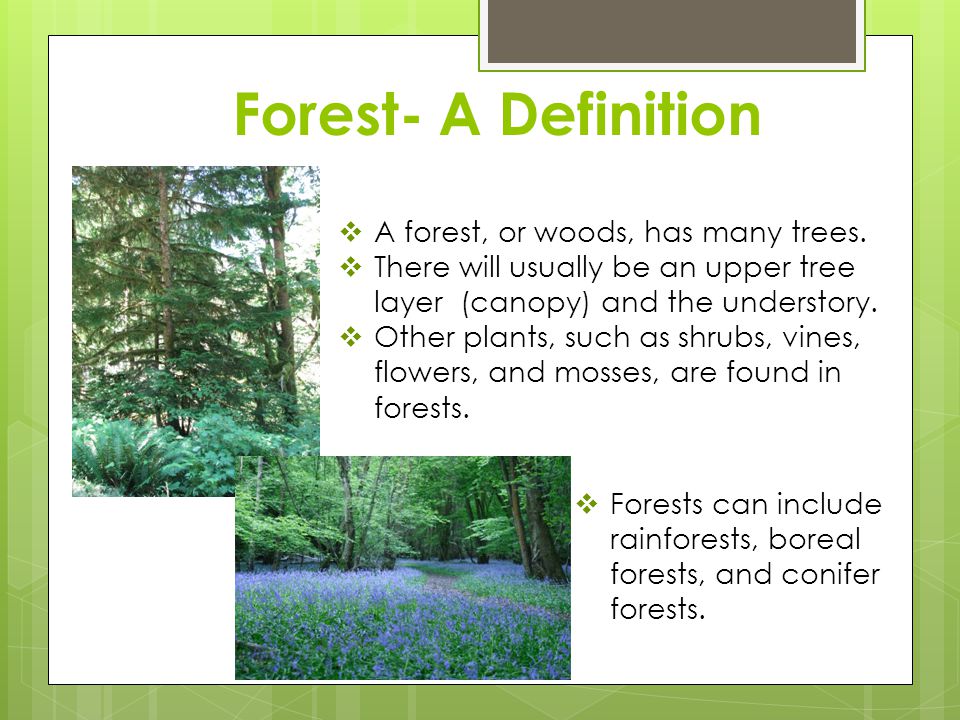

Comparing the annual totals of precipitation and fluctuations in precipitation from one biome to another provides clues as to the importance of abiotic factors in the distribution of biomes. The eight major terrestrial biomes on Earth are each distinguished by characteristic temperatures and amount of precipitation. Specifically, there are special vegetation adaptations as well as physical and behavioral adaptions made by animals in order to accommodate the environment. Each biome consists of communities that have adapted to the different climate and environment inside the biome. Generally, biome classification is determined by the climate and geography of an area. The major types of biomes include: aquatic, desert, forest, grassland, savannas, and tundra. Terrestrial biomes are based on land, while aquatic biomes include both ocean and freshwater biomes.

The Earth’s biomes are categorized into two major groups: terrestrial and aquatic. An ecosystem is a community of living organisms interacting with the non-living components of that environment.Ī biome is a community on a global scale, where habitats flank each other, and is usually defined by the temperature, precipitation, and types of plants and animals that inhabit it. Populations live together in habitats, which together make up a community. ecosystem: a system formed by an ecological community and its environment that functions as a unitĪ group of living organisms of the same kind that live in the same place simultaneously is known as a population.population: a collection of organisms of a particular species, sharing a particular characteristic of interest, most often that of living in a given area.habitat: a specific place or natural conditions in which a plant or animal lives.ecotone: a transition area between two adjacent ecosystems.biome: any major regional biological community such as that of forest or desert.Each type of biome can be found in multiple locations on Earth depending on its climate, geography, and organisms.Different organisms inhabit different types of biomes.A habitat is the location where a group of one type of organism (a population ) lives, while a biome is a community made of all the habitats in a given region and climate.There are two major classifications of biomes, which are terrestial and aquatic, and these include the types of biomes known as deserts, forests, grasslands, savannas, tundra, and freshwater environments.The climate, including precipitation and temperature, and the geography control the type of biome found in a region.


 0 kommentar(er)
0 kommentar(er)
